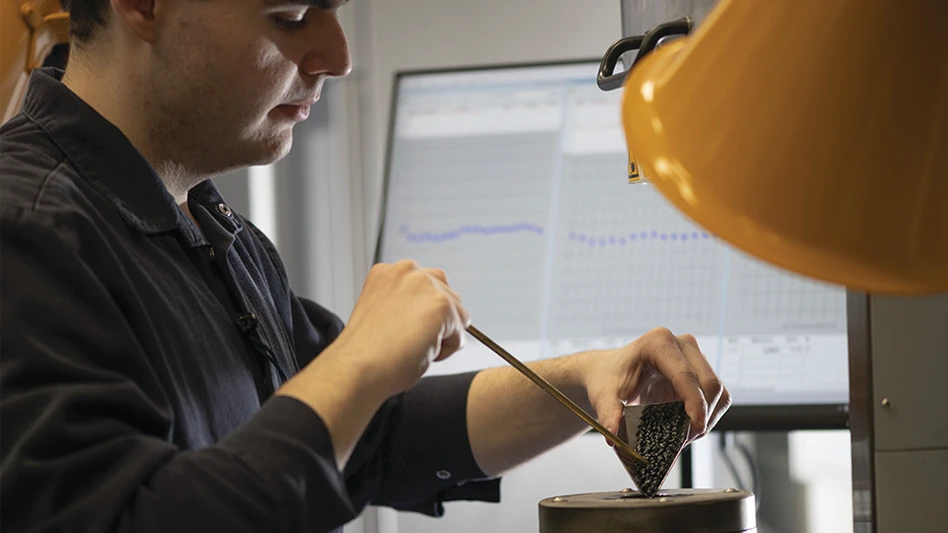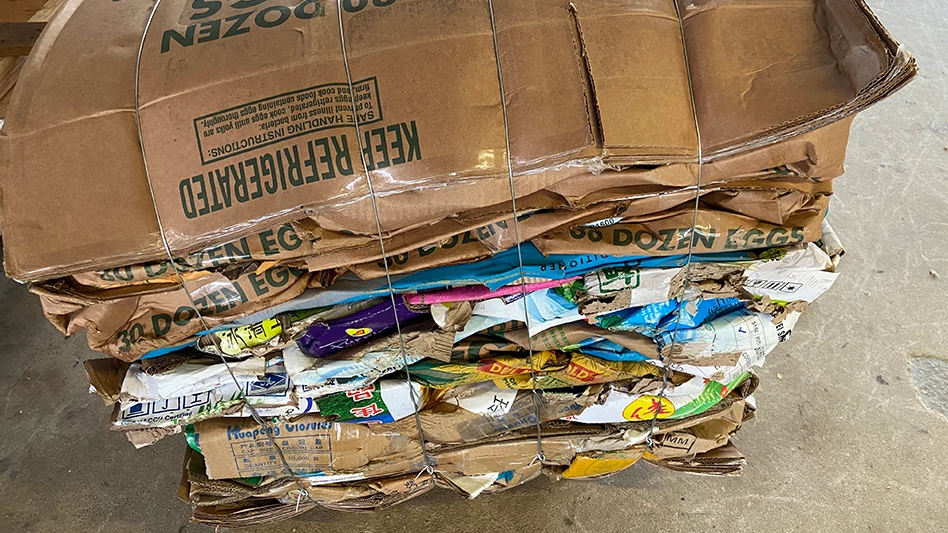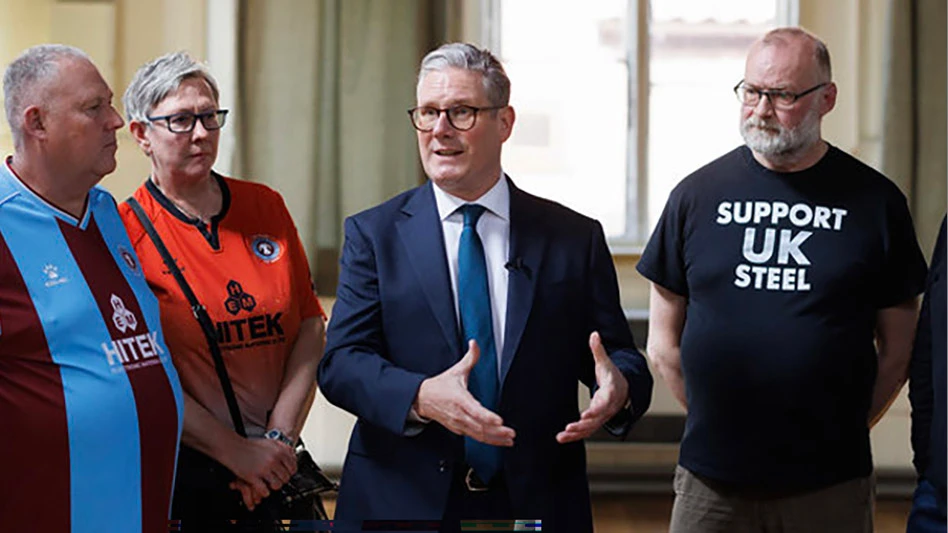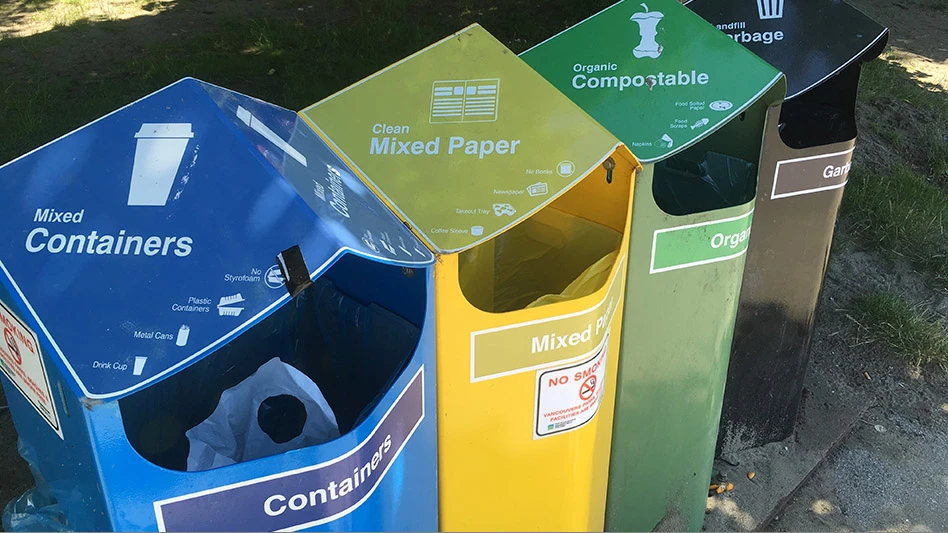
Image provided by Adobe Stock.
The world seems poised to face an ever larger stream of end-of-life batteries generated both from IT devices and electric vehicles (EVs). Presentations at the International WEEE & Battery Recycling Virtual Conference offered insight into some of the efforts to introduce new technology to cope with the rising tide of discarded batteries.
Switzerland-based Kyburz, which makes small EVs for (predominantly) work applications, has developed technology to recycle batteries used in its own vehicles and those of others.
The multistage process has been designed to yield clean aluminum and copper foils extracted from end-of-life lithium iron phosphate (LFP or LiFePO4) batteries, as well as lithium iron phosphate, recyclable plastic and graphite.
Farther north in Finland, energy producer Fortum made an acquisition early in 2020 designed in part to allow it to scale up an emerging lithium-ion battery recycling technology. Kalle Saarimaa, Fortum’s vice president of recycling and waste solutions, says the company acquired the hydrometallurgical technology because it can achieve “almost 100 percent recycling rates” for materials found in lithium-ion batteries.
Adds Saarimaa of the Fortum effort, “We are ready to take the scale-up and planning to invest.” The nature of battery recycling will require mechanical separation and refining steps, he commented, and seeking the best technology to take those steps.
Singapore-based Green Li-ion also is among companies with technology designed to create marketable materials from collected end-of-life batteries. Leon Farrant, the firm’s co-founder and CEO, described Green Li-ion as having developed “a battery rejuvenation machine” he described in part as “a chemical reactor the size of a small apartment.”
The hydrometallurgical process can produce one ton of 99.9 percent pure battery cathode every 10 hours without pre-sorting of batteries required, said Farrant. He said the process could be particularly helpful if future global initiatives involve increased collection of batteries harbored in homes and apartments, or the landfill mining of those already discarded.
The global spread of such technology is vital, said Joseph Nforbin, managing director of Dubai, United Arab Emirates-based e-scrap recycling firm Madenat Al Nokhba Recycling Services LLC. “The closer a proper recycling facility is to us, the better to avoid transboundary movement of those hazardous materials,” he remarked.
Consultant Willy Tomboy of Belgium-based Detomserve said laws designed to increase collection and mandatory battery recycling are taking shape in the European Union. “I see a lot of major changes next year that will have a serious impact on people throughout the value chain,” he said of the EU effort to impose collection systems and materials recycling targets for batteries.
“There is lots of opportunity in this space, given there is such a risk to the [critical] metals market,” said Farrant. Metals like cobalt and lithium are finite resources and “they cost a lot to the environment to extract them,” he added.
Farrant continued, “The opportunity is about the full rejuvenation of these materials and these batteries. How do we take these and use every part of them to create a new battery?”
The International WEEE & Battery Recycling Virtual Conference, which took place Dec. 9, was organized by Waste & Recycling Middle East & Africa magazine and co-hosted by the Recycling Today Media Group.
Latest from Recycling Today
- Acerinox names new North American Stainless CEO
- Greenwave closes 2024 books with red ink
- Steel Dynamics nets $217 million on record shipments
- Massive Chinese steelmaking rebound recorded in March
- LME looks into sustainable metal pricing
- OnePlanet Solar Recycling closes $7M seed financing round
- AMCS launches AMCS Platform Spring 2025 update
- Cyclic Materials to build rare earth recycling facility in Mesa, Arizona





